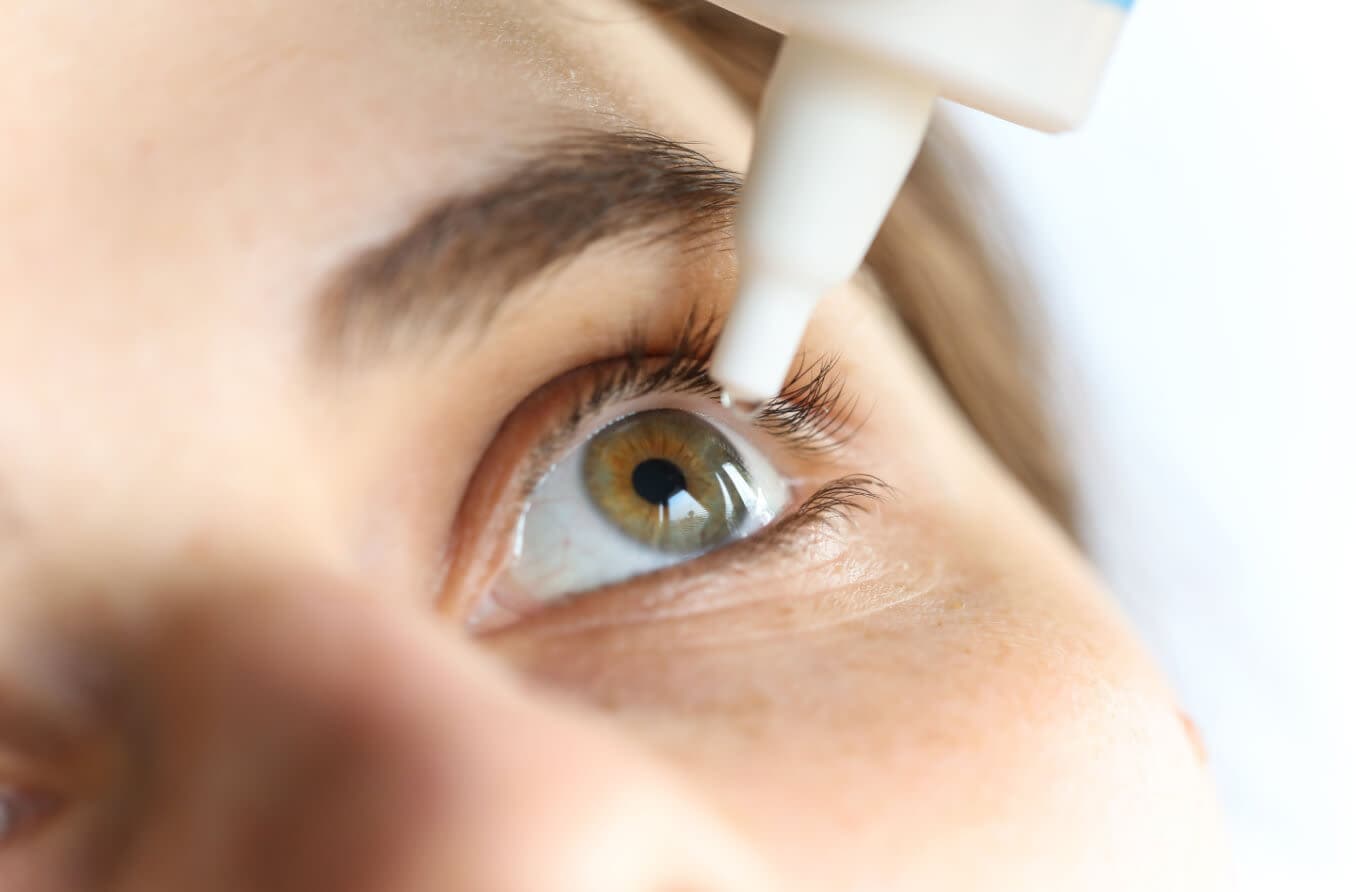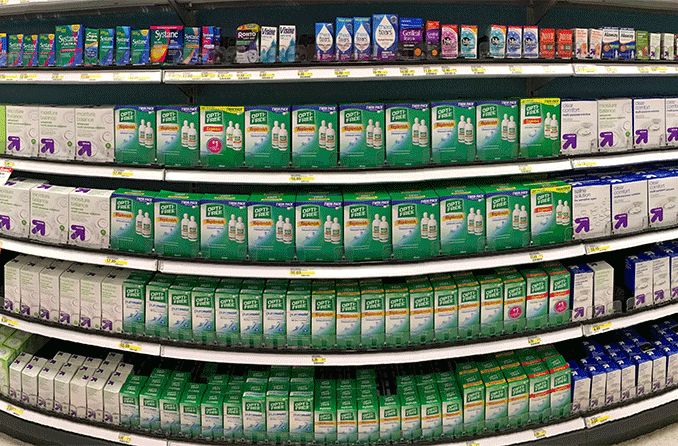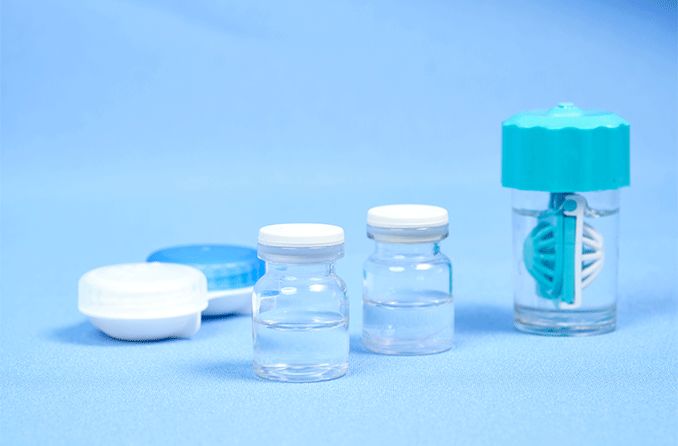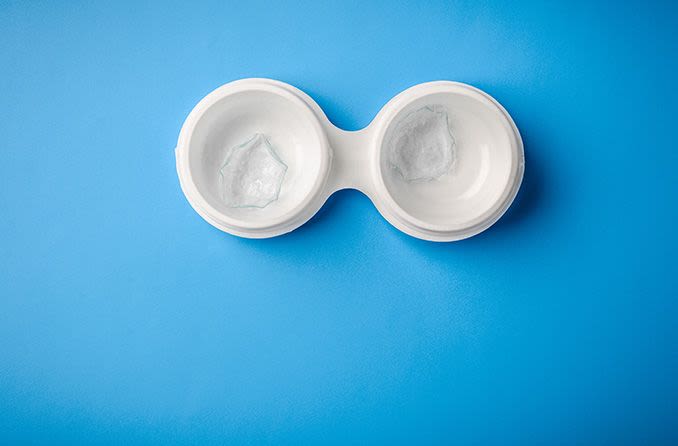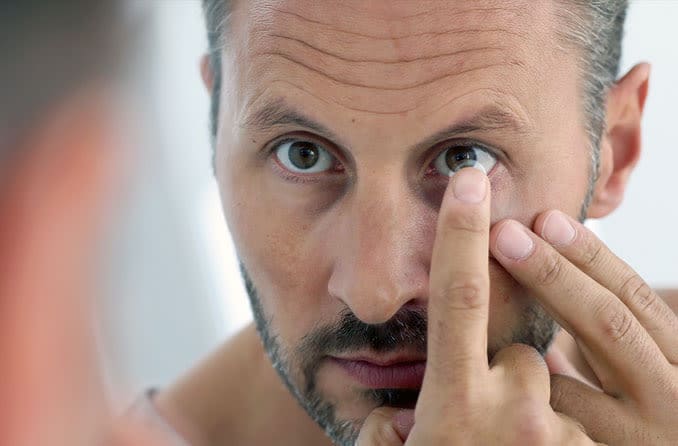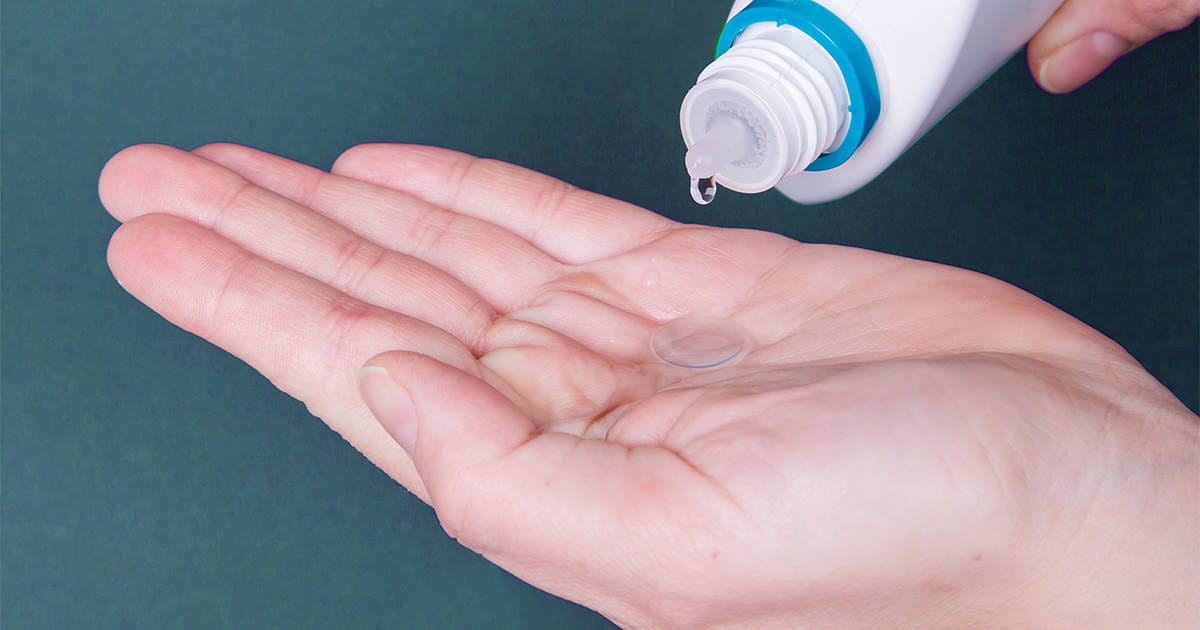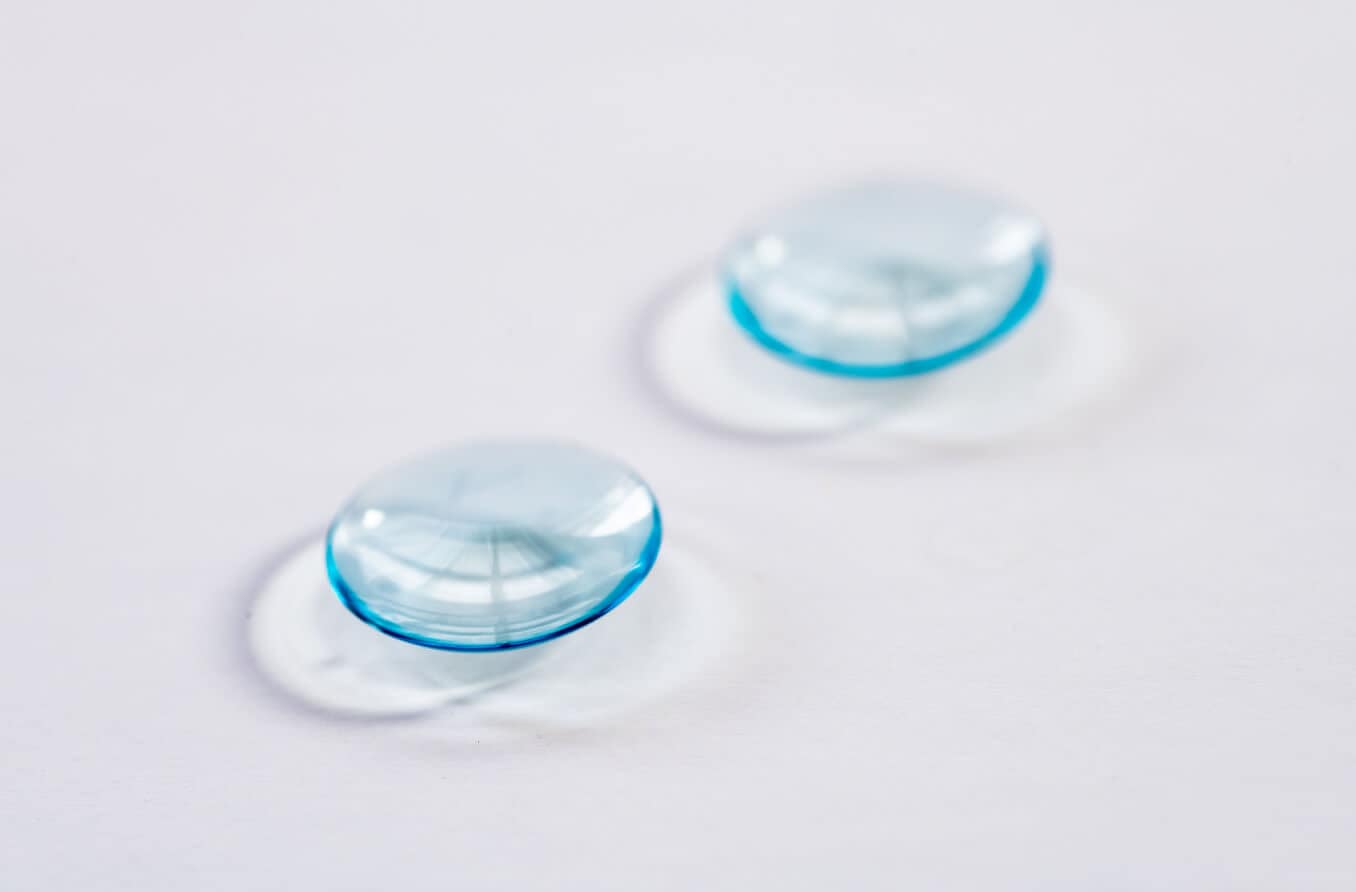Can you put contact solution in your eyes?
The short answer is no. You should never put contact solution in your eyes. Contact solution contains ingredients that clean and disinfect contact lenses. It is not meant to treat any eye conditions or moisturize your eyes like artificial tears or other eye drops.
Is contact solution toxic?
Multipurpose contact lens solution is generally not toxic, or poisonous, to the eyes. However, some types of solution, like hydrogen peroxide-based solution, can actually damage your eyes if not used correctly. You should never put hydrogen peroxide-based contact solution directly into your eyes.
You can run into problems if you use a contact solution that is not compatible with your type of contact lenses. This can cause a reaction between the lens material and the preservatives in the solution, and may lead to eye irritation and corneal ulcers (though these are rare). You may experience similar symptoms if you use expired contact solution.
Even though contact solution is generally not toxic, some people can have an allergic reaction to the solution. It’s also possible to develop an allergy to contact solution over time. Allergic reactions are usually due to the preservatives in the solution. Symptoms of an allergic reaction typically include eye redness, eyelid swelling, and itchy or watery eyes.
Using contact solution made for sensitive eyes or labeled “Thimerosal-Free” can sometimes help prevent allergic reactions.
Contact lens solution vs. eye drops
Contact solution is not the same as eye drops. These products contain different ingredients and have different purposes. Even though your contacts go into your eyes soon after being in contact with a solution, the two products are not interchangeable.
To help ensure the health and safety of your eyes, you should always use eye care products exactly as directed.
Types of contact solution
Contact lens solution is used to take care of contact lenses. You use it to rinse and clean your lenses before and after you take them out of your eyes. It is also used to store and disinfect your lenses.
There are numerous contact lens solutions and cleaners that you can use depending on the type of contact lens. And each type of solution or cleaner cares for your contacts in different ways. These solutions include:
Multipurpose solution
This is the most commonly used contact solution for soft contacts. You can use it to rinse, clean and store your lenses.
Hydrogen peroxide-based contact lens care systems
There are two hydrogen peroxide-based lens care systems. One uses a special contact lens case with a neutralization disc that converts the hydrogen peroxide-based solution to a saline solution.
The other is a two-step process: one step to disinfect the lenses and the next step to neutralize the hydrogen peroxide. You should never put this type of solution in your eyes. It can damage your eyes and cause eye redness, stinging and burning.
The bottle cap and tip of hydrogen peroxide-based solution is usually red to alert and remind you to not put it in your eyes. It is also recommended that you keep it separate from products that may be safe for your eyes so you don’t mix them up by mistake.
Saline solution
Saline is only used for rinsing contacts after you’ve disinfected them with another cleaning system. Saline solution should not be used for disinfecting or storage.
For instance, if you use a hydrogen peroxide-based cleaning system, you may find your contacts more comfortable to wear if you rinse them in saline solution before putting them in your eyes.
Daily contact lens cleaners
This type of solution cleans your contacts but does not disinfect them. It can not be used to store your lenses either. If you use this to clean your contacts, you also need a multipurpose solution to rinse off the daily cleaner before putting your contacts back in.
Enzymatic protein removers
This type of solution is sometimes recommended to remove buildup on some types of lenses. Protein removers can be used daily or weekly.
Hard contact lens cleaners
Hard contacts, or rigid gas permeable contact lenses (RGPs), require a variety of solutions to keep them wet, clean and disinfected. Solutions made for hard contacts are stronger than solutions for soft contacts. They should never be used with soft contacts, and vice versa.
No matter what kind of contact lens solution you use, do not put it directly in your eyes. Remember that contact solution is designed to take care of your contact lenses, not your eyes, and it’s important to use it as directed.
Types of eye drops
Various types of over-the-counter eye drops have been formulated to help relieve different symptoms, including eye redness, irritation and dryness.
Artificial tears
Perhaps the most commonly used eye drops are artificial tears to help lubricate your eyes. They add moisture to dry eyes and help reduce redness, itching and irritation caused by dryness. They’re formulated to act like the natural tears your eyes produce.
You can find these eye drops with and without preservatives, and many people prefer the benefits of preservative-free drops. While artificial tears last longer if they contain preservatives, the preservatives can cause eye irritation if the drops are used for a long period of time.
Preservatives can also cause problems if you wear contacts because they can attach to your contact lenses and irritate your eyes. If you need to use artificial tears while wearing contacts, make sure they are labeled as being safe for (or made for) use with contact lenses. You may find preservative-free options are more comfortable with contacts.
Rewetting drops
If your contact lenses seem to be causing your discomfort, you may want to try rewetting drops. Rewetting drops are specifically formulated to moisturize your contact lenses while you’re wearing them. This is different from the formula used for artificial tears.
Gels and ointments
Eye gels and ointments provide additional options for the relief of eye irritation. But because they are thicker than artificial tears, they can blur your vision. People often prefer to use gels or ointments before bed so they don’t interfere with any activities. These types of drops should also not be used with contacts as they can stick to the lenses.
Allergy eye drops
If your eye irritation is caused by seasonal allergies, allergy eye drops may be the best option for you. They contain an antihistamine that helps with allergy symptoms such as eye redness, itching and watering.
Whether your eye discomfort is from dry eye syndrome or allergies, eye drops are made to address your eye symptoms. Contact lens solution is not, and it is not an appropriate substitute for eye drops of any kind.
If you’re not sure what type of eye drop is best for you, or if you experience any long-lasting eye irritation or other symptoms, contact your eye doctor.
Substitutes for contact solution
There is no real substitute for the cleaning and storage properties of contact lens solution. Rewetting drops and other OTC eye drops do not kill bacteria, so they can’t be used to clean or store your lenses. Plus, eye drops come in much smaller volumes than contact solution.
Making a homemade contact solution is also never a good idea. It’s easy for homemade solutions to become contaminated with germs and bacteria that can harm your eyes (and in rare cases, lead to blindness). You should only use sterile contact solutions for disinfecting and storing your contact lenses.
You should also never use these liquids in place of fresh contact lens solution:
Saline solution
Water
Saliva
Expired or used contact solution
Saline solution, while safe for rinsing contacts, does not disinfect. And both water and saliva contain bacteria which can lead to eye infections and even eye damage.
You should never reuse old contact solution as a substitute for fresh solution, or “top off” old solution with new solution. Your used contact solution is contaminated with bacteria and will not disinfect your lenses properly.
When to see a doctor for contact lens discomfort
If you’ve already tried over-the-counter eye drops and you still have eye discomfort from your contact lenses, make an appointment to see your eye doctor. They can recommend different eye drops or different contact solutions that may provide more comfort. They may also recommend a different type of contact lens if you suffer from dry eye syndrome or eye allergies.
Also, if you have eye pain, eye discharge, blurred vision, light sensitivity or eye redness after putting in your contacts, remove your contacts and contact your eye care provider right away.

